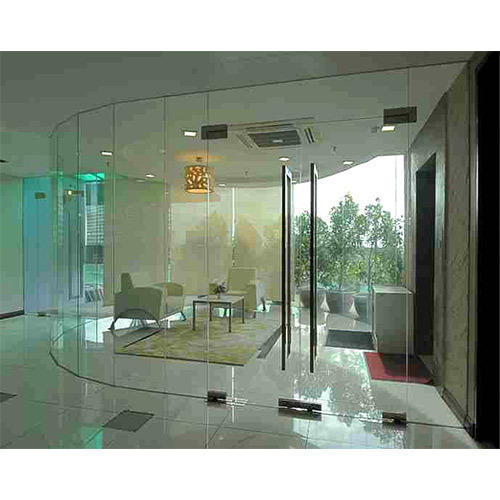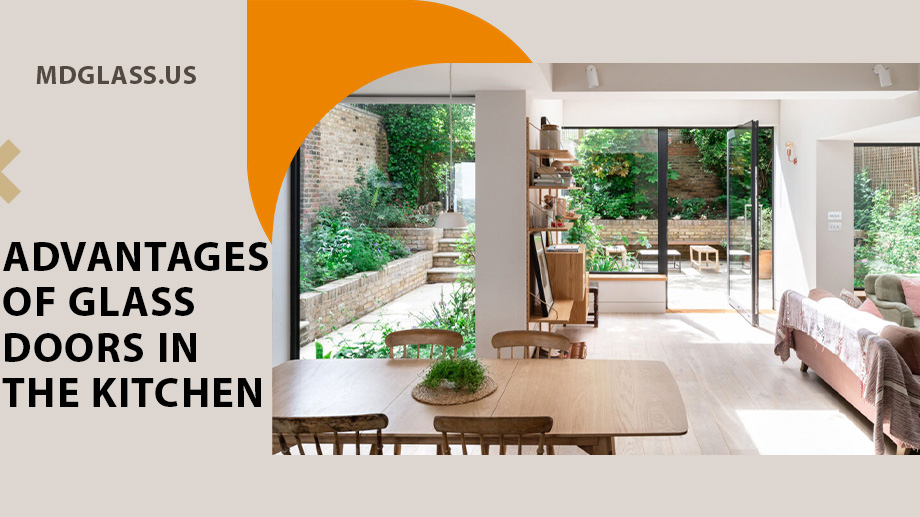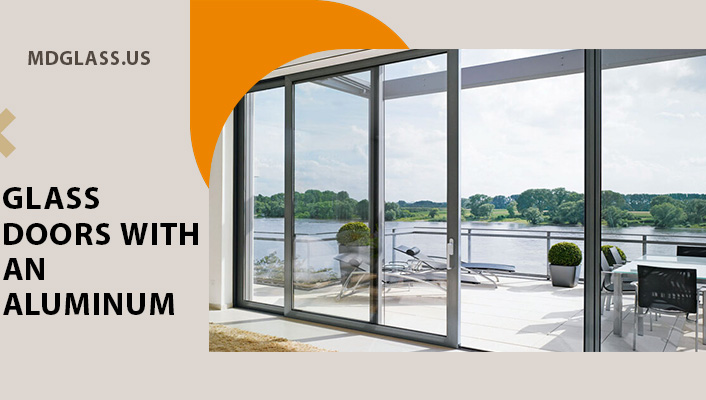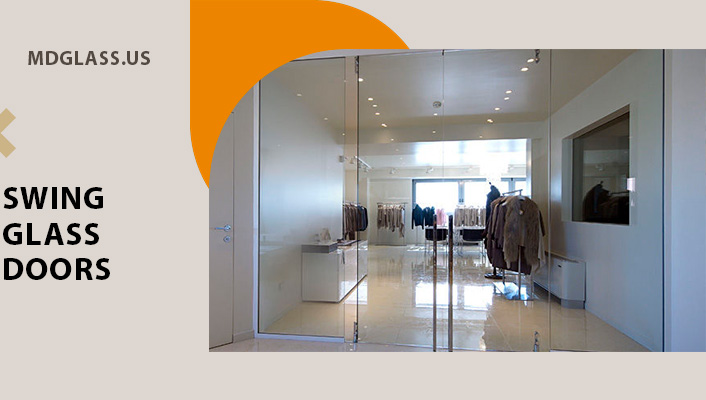The clamping profile is the most common fastener for glass. It is fastened along the top and bottom of the opening and then sheets of glass are clamped into it. Sometimes, to give the structure special strength, the profile is attached around the entire perimeter of the glass.
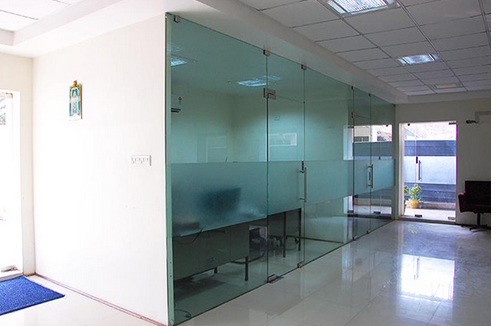
The U-profile performs the same functions as the clamp profile, but it can only be used to fix the bottom of the glass. Glass is attached as follows. The U-shaped profile is laid along the entire line of the glass in a trench previously made under it in the floor, and then the glass is simply inserted into it. The top of the glass in this case is fastened with point fixings or a conventional clamping profile. This method of glass fastening has a big drawback in that the glass starts directly from the floor and it does not have protection in the form of a clamping profile that acts as a kind of bumper. So there is a big risk of touching the glass with your foot, and this can lead to its destruction.
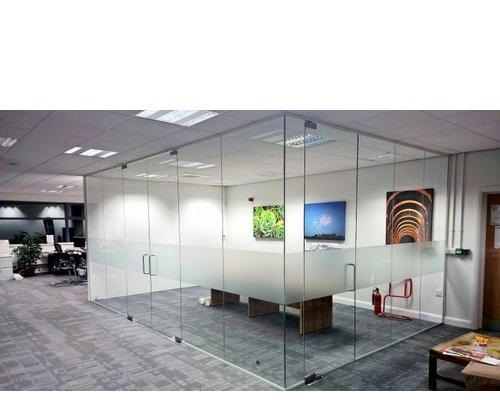
Another interesting way of fitting glass partition
It is fastening with connectors or point fastenings, as they are also called. It should be noted right away that this is the most expensive mounting option, but at the same time more sophisticated. The essence of this type of fastening lies in the fact that holes for connectors are made in the glass at the factory, before the hardening procedure, then glass sheets are fastened to the floor and ceiling with connectors at the facility. Connectors are also used to fix sheets of glass together in order to avoid excessive windage and make the glass partition more rigid.
